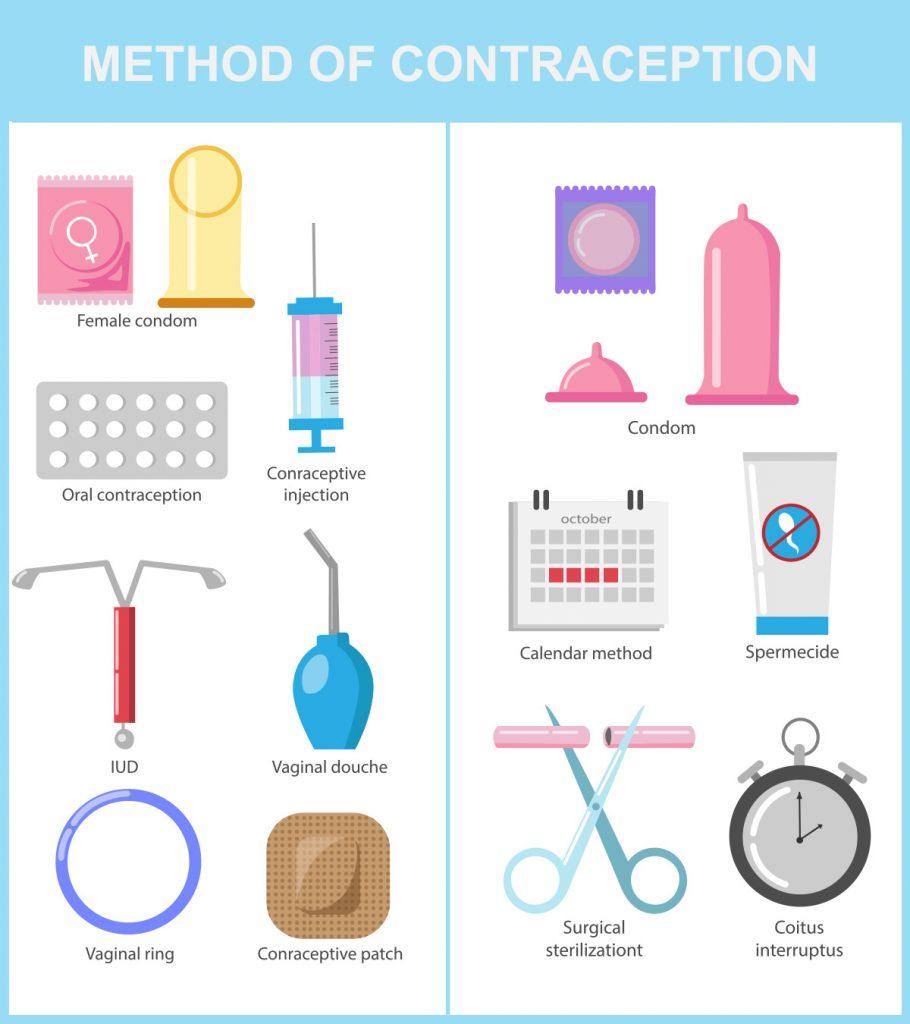
Preventing Pregnancy: A Comprehensive Guide
Introduction
Pregnancy is a life-changing event that requires careful planning and preparation. While it can be a joyous experience, it is essential to understand the potential risks and responsibilities involved. Preventing pregnancy is a crucial aspect of reproductive health, allowing individuals to make informed decisions about their future. This comprehensive guide will provide a detailed overview of various pregnancy prevention methods, their effectiveness, and the factors to consider when choosing the right option.
Methods of Pregnancy Prevention
There are numerous methods available to prevent pregnancy, each with its own advantages and disadvantages. The most common methods include:
1. Barrier Methods:
- Condoms (male and female): Thin sheaths that block sperm from reaching the egg. They are highly effective when used correctly and also protect against sexually transmitted infections (STIs).
- Diaphragm and cervical cap: Dome-shaped devices that fit over the cervix to prevent sperm from entering the uterus. They require fitting by a healthcare provider and are less effective than condoms.
2. Hormonal Methods:
- Birth control pills: Daily oral medications that contain hormones to prevent ovulation, thicken cervical mucus, and alter the uterine lining. They are highly effective but can cause side effects such as nausea, mood changes, and irregular bleeding.
- Contraceptive patch: A small patch worn on the skin that releases hormones similar to birth control pills. It is less effective than the pill but may be more convenient.
- Contraceptive ring: A flexible ring inserted into the vagina that releases hormones for three weeks. It is highly effective and requires less frequent use than the pill.
- Contraceptive implant: A small rod inserted under the skin of the upper arm that releases hormones for up to three years. It is highly effective and long-lasting but may cause irregular bleeding.
- Contraceptive injection: A shot given every three months that contains hormones to prevent ovulation. It is highly effective but can cause side effects such as weight gain and irregular bleeding.
3. Intrauterine Devices (IUDs):
- Copper IUD: A small, T-shaped device inserted into the uterus that releases copper to prevent fertilization. It is highly effective and long-lasting (up to 10 years).
- Hormonal IUD: A small, T-shaped device inserted into the uterus that releases hormones to prevent ovulation and thicken cervical mucus. It is highly effective and long-lasting (up to 5-7 years).
4. Emergency Contraception:
- Plan B One-Step: A single pill taken within 72 hours of unprotected sex that contains a high dose of hormones to prevent ovulation. It is less effective than regular birth control methods but can be useful in emergency situations.
- Ella: A single pill taken within 120 hours of unprotected sex that contains a different type of hormone to prevent ovulation. It is more effective than Plan B but may cause side effects such as nausea and vomiting.
5. Sterilization:
- Tubal ligation: A surgical procedure that blocks the fallopian tubes to prevent eggs from reaching the uterus. It is highly effective and permanent.
- Vasectomy: A surgical procedure that blocks the vas deferens, preventing sperm from reaching the semen. It is highly effective and permanent.
Effectiveness of Pregnancy Prevention Methods
The effectiveness of pregnancy prevention methods varies significantly. The most effective methods are sterilization (tubal ligation and vasectomy), IUDs, and hormonal implants. Barrier methods and emergency contraception are less effective but still provide significant protection against pregnancy.
Factors to Consider When Choosing a Pregnancy Prevention Method
When choosing a pregnancy prevention method, it is important to consider the following factors:
- Effectiveness: The level of protection against pregnancy.
- Convenience: The ease of use and frequency of use.
- Side effects: The potential for side effects, such as irregular bleeding, nausea, or mood changes.
- Cost: The financial implications of the method.
- Personal preferences: Individual preferences and lifestyle factors.
- Health considerations: Any underlying medical conditions or allergies that may affect the choice of method.
Consultation with a Healthcare Provider
It is highly recommended to consult with a healthcare provider to discuss the various pregnancy prevention methods and determine the most suitable option based on individual needs and circumstances. A healthcare provider can provide personalized guidance, address any concerns, and ensure that the chosen method is used correctly and effectively.
Conclusion
Preventing pregnancy is an essential aspect of reproductive health and family planning. By understanding the available methods, their effectiveness, and the factors to consider, individuals can make informed decisions about their future. Consultation with a healthcare provider is crucial to ensure the most appropriate and effective pregnancy prevention method is chosen. Remember, preventing pregnancy is a shared responsibility between partners and should be discussed openly and honestly.